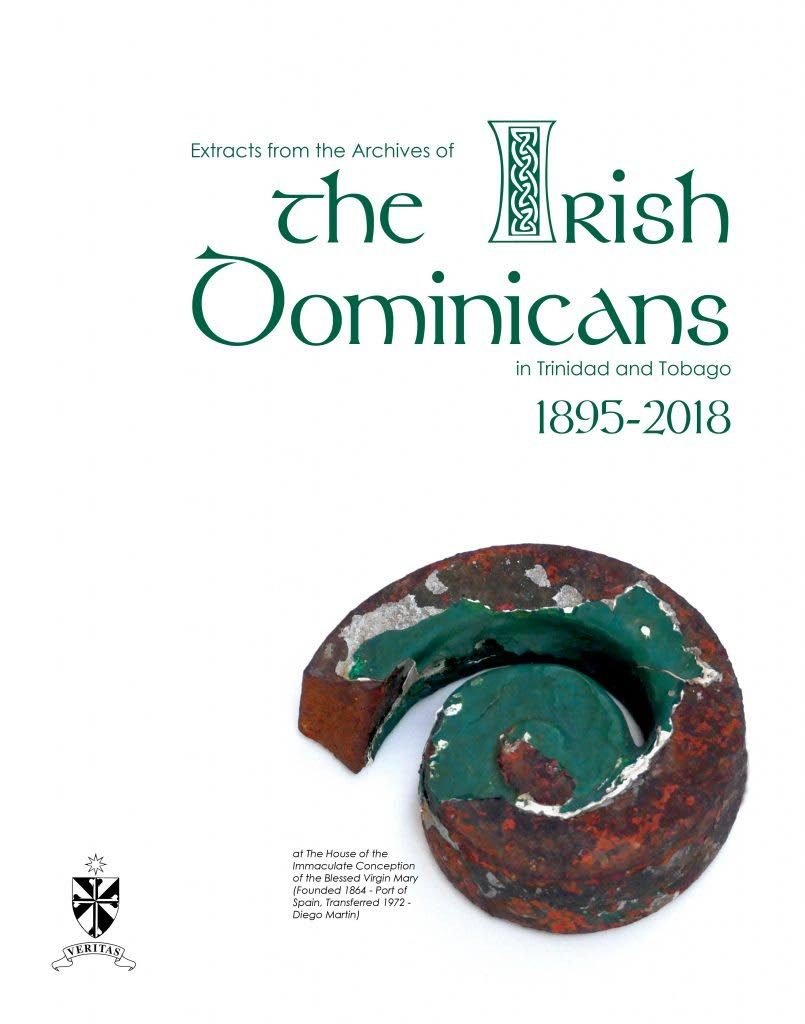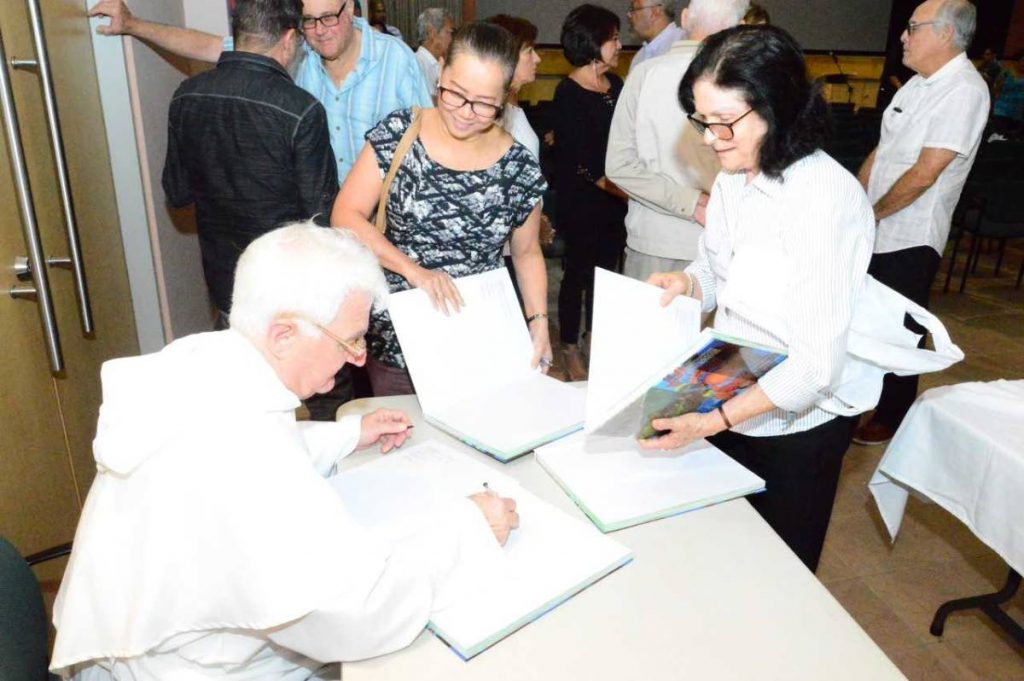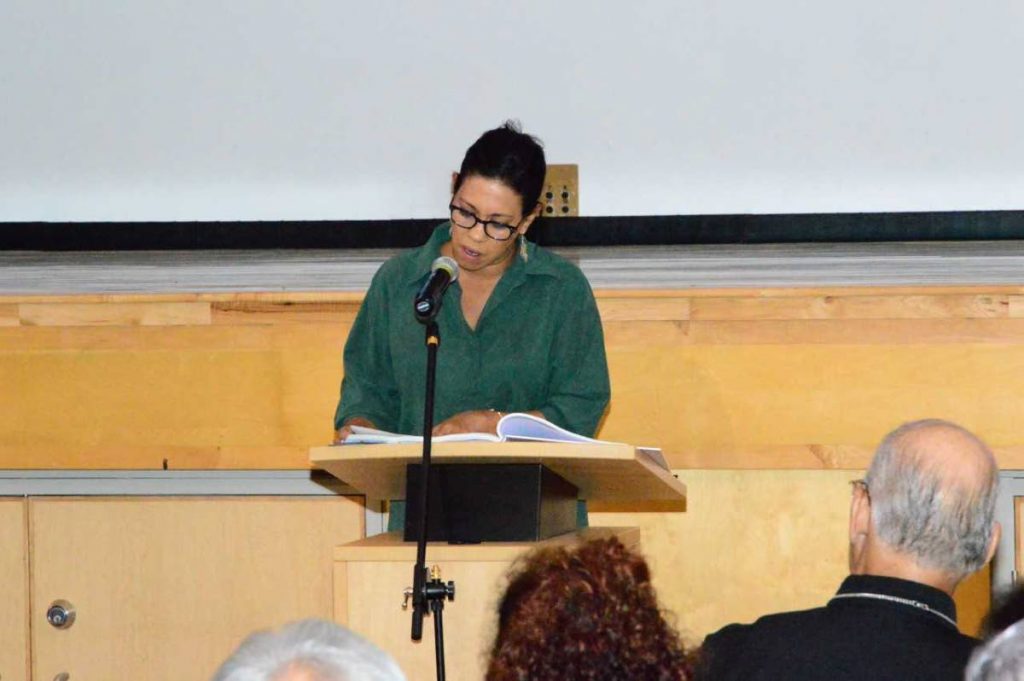Missionaries’ life in TT

THE Irish Dominican Order in TT has published a coffee table book based on its archives. Photos, clippings and documents from its history, including personal letters by priests, are reproduced in the 228-page book, Extracts from the Archives of the Irish Dominicans in Trinidad and Tobago 1895-2018. The hardcover publication was launched with an exhibition of archival documents last month at the St Dominic’s Pastoral Centre, Diego Martin.
Its editors are archivist Dr Kwynn Johnson and Superior of the TT order Fr Thomas Lawson.
The Order of Irish Dominicans started its work TT as missionaries brought in to replace the French Dominicans who had been on the island before them. The order includes priests, nuns and lay clergy.

Lawson, an affable Irishman with a shock of white hair, was the last Irish Dominican priest to be sent to TT and arrived in 1981. He said in his remarks at the launch that he read Treasure Island as a boy and had always felt there was something magical about Trinidad. At home in Ireland he had prepared for the priesthood with Trinidadian Robert Rivas, now His Grace the Archbishop of Castries.
In his own remarks at the launch Rivas said, “I said to Tom, ‘Maybe one day you’ll go to Trinidad and be a good missionary.’ He’s been here for 35 years. He has made a significant contribution to the church in TT and to the life and way of the Dominican fraternity.”
As the superior, so the order. TT Archbishop Jason Gordon, in a letter reproduced in the book, praised its work, which included building schools and churches, caring for the disadvantaged and orphaned, starting and running The Catholic News, and expanding the church through its missionaries. Priests of the order have been archbishops of the diocese and Gordon said the Irish Dominicans were the longest serving group of friars in TT.

Johnson read her essay from the Extracts, quoting Maya Angelou, “'We are more alike than we are unalike.’ But who were these men who returned to an empty presbytery after visiting a leper, an orphan, the hospital, or someone on death row?”
Johnson lingers on the personal letters in her essay. To her, the correspondence shows the order as “not unlike a family, with all its complexities (…) However, theirs is somewhat complicated because it is a lifestyle in which one’s job description involved the precarious terrain of the human condition, oftentimes at its most vulnerable, and set against moral and ethical ideals.”
Reminding her reader that on the owner’s death a digital archive might be lost forever, Johnson wrote, “These may be among the last set of physical artefacts of this type of human social relation – written letters on paper. Archives of this nature offer us a way of knowing, and these letters remind us of the universality of the human condition.”
In the book, apart from personal letters, are such mundane things as inventory lists. There’s one reproduced showing the churches’ altar bread supplies for 1951: Cathedral got 111,700 and Tortuga 5,500, for instance. It is such minutiae on which historians seize to piece together a picture of daily life in a community.
Rivas said that after his ordination as Bishop of Kingstown, St Vincent, a new archdiocese, he was told by another bishop, “record everything.” There would be those coming after he left, he was told, and “If there are no records, what will be their position?”


Comments
"Missionaries’ life in TT"